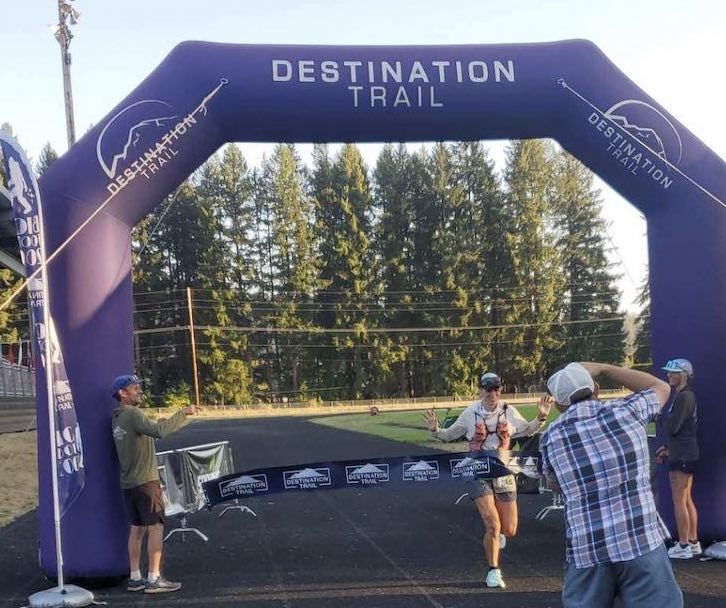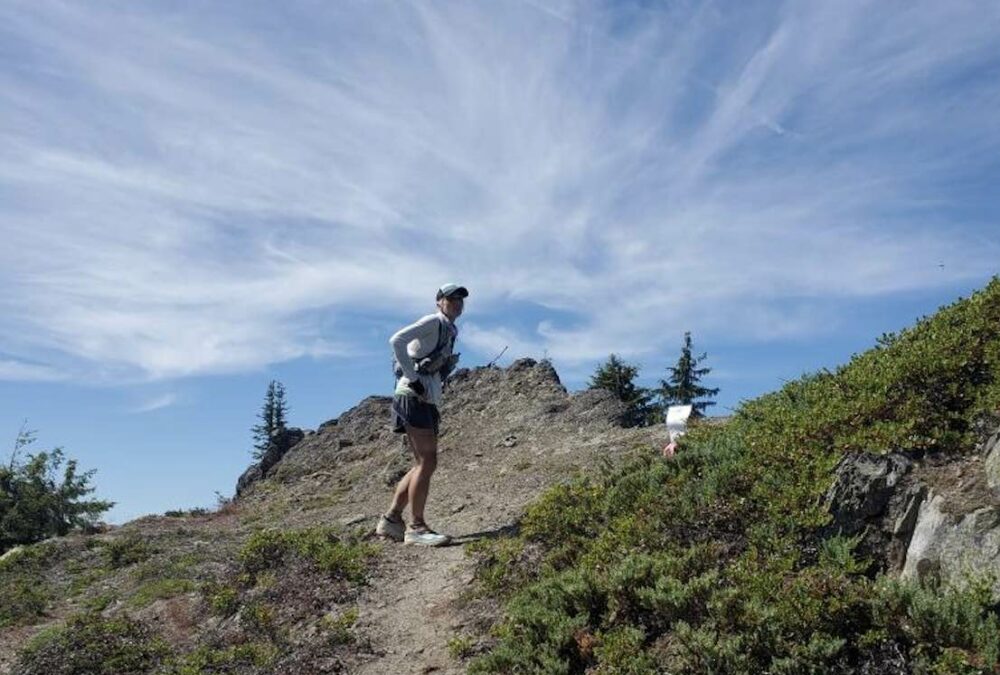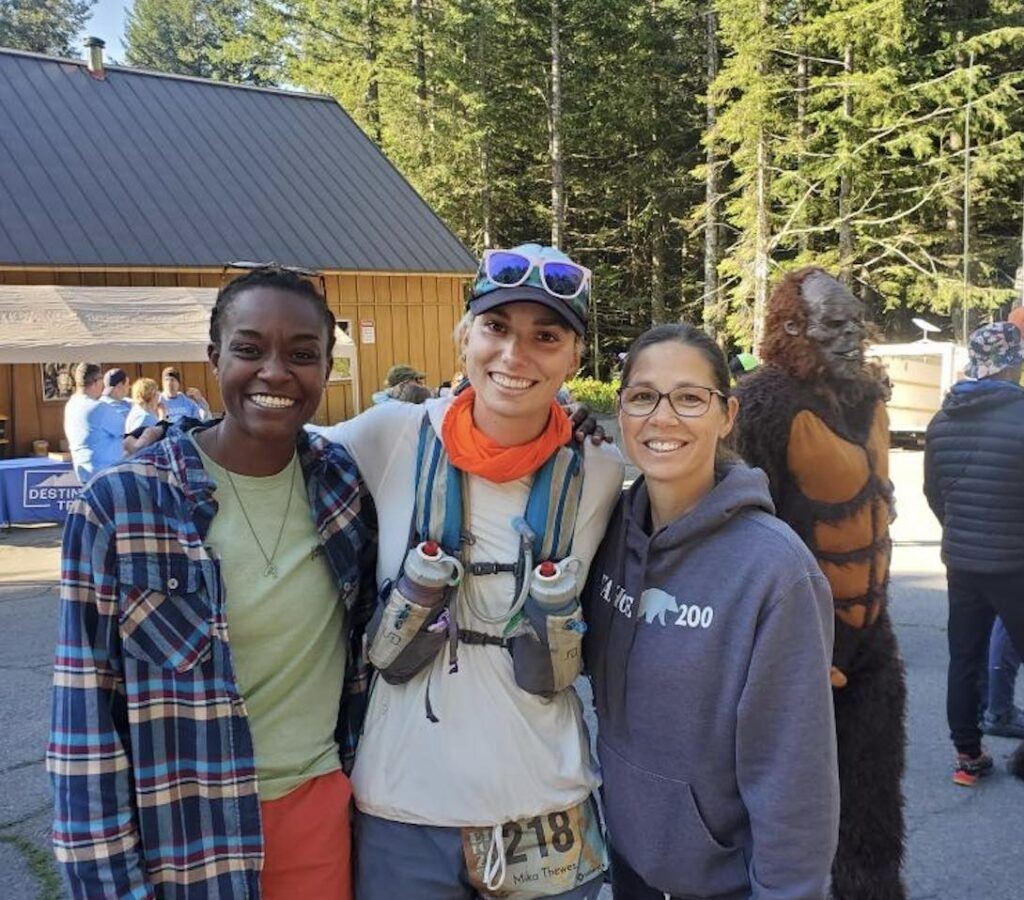Bigfoot 200 champ is ready to tackle Western Canada’s first 200-miler
Thewes will be lining up in the Canadian rockies to begin The Divide 200 on Sept. 12
 Photo by:
Photo courtesy of Mika Thewes
Photo by:
Photo courtesy of Mika Thewes
Colorado-based Mika Thewes was the first woman at last week’s Bigfoot 200, a 207.9-mile trail race (runners accumulate some 13,887.6 metres of elevation gain) that traverses Washington’s Cascade mountain range. It was her fifth time at Bigfoot, and her second time with a win (she also won the Bigfoot 200 in 2021, finishing in 76:15:57) although with a massive time improvement. Thewes, 32, finished the race in 58 hours, 21 minutes and 12 seconds, breaking the overall course record by more than eight hours and crushing her personal best by 18 hours.
Thewes says she didn’t really get into running until she signed up for the Newport Half Marathon in 2010. “Within the first year I ran my first marathon, and then completed my first 50 miler in 2012,” she says. “I seem to have a habit of doubling distance and just jumping in.” Bigfoot 200 was her first experience with a crew (a friend and her mom) and she says her favourite part of these races is “catching up with everyone on trail and after the event.”
Thewes will be lining up alongside 200 eager accomplished athletes at Western Canada’s first 200-miler, The Divide 200, on Sept. 12, and we caught up to her to see what drives this remarkable athlete.
You’ve taken on some pretty prestigious races–what initially drew you to a 200-mile (or more) race and what keeps you coming back?
I signed up for the first Bigfoot because I had done a couple of 100s and it sounded like a fun challenge. The first year at Bigfoot was super relaxed and old-school with 60 finishers who hung around after the race and were so welcoming. I loved the community that was building around the 200s and I knew I had to come back.

How did you train for such long distances? What would an average week look like?
I’m mostly self-coached, but I did hire a coach last year to try and get myself to the next level (Luke Nelson with Evoke Endurance) An accomplished 200-mile runner himself, he had me switch to time and heart rate-based training. I average about 15-20 hours of training a week. Living in Colorado definitely helps, and I like to get in a good amount of vert. At this point, I have a pretty good gauge of what my heart rate is based on perceived effort.

What were the best and hardest parts of the race?
I love chatting on the trails, and having been around for so long, I know many people at the 200-mile races. It’s like a mini-reunion every year! There were three of us who got our five-year buckle this year, so joining Wes Ritner and Tom Rogozinski in that achievement was amazing. Regulating body temperature was a bit of a struggle this year, and I had to lay down in streams during the big climb up Quartz Ridge, submerging my head for a few minutes in an attempt to cool off.
I like to listen to music and podcasts on trail, so when I’m in a low I try to just turn my brain off and distract myself. I hate looking at my watch, so I only checked the time at aid stations. I think the last time I saw the time was at mile 150, and I didn’t check again until I was halfway done with the last road section. I was pretty surprised when I realized I was going to come in at a sub-60-hour finish.
What inspired you to sign up for The Divide 200, and what parts are you looking forward to?
I love doing first-year races! There are always so many things that go wrong, and a lot of fun stories come out of the experience. It’s super cool to see new 200 miles popping up and the distance becoming more popular. I’ve always wanted to do a Sinister Sports race, and I’m excited to see what kind of a course they put together. The only thing I’m worried about is the grizzlies!

